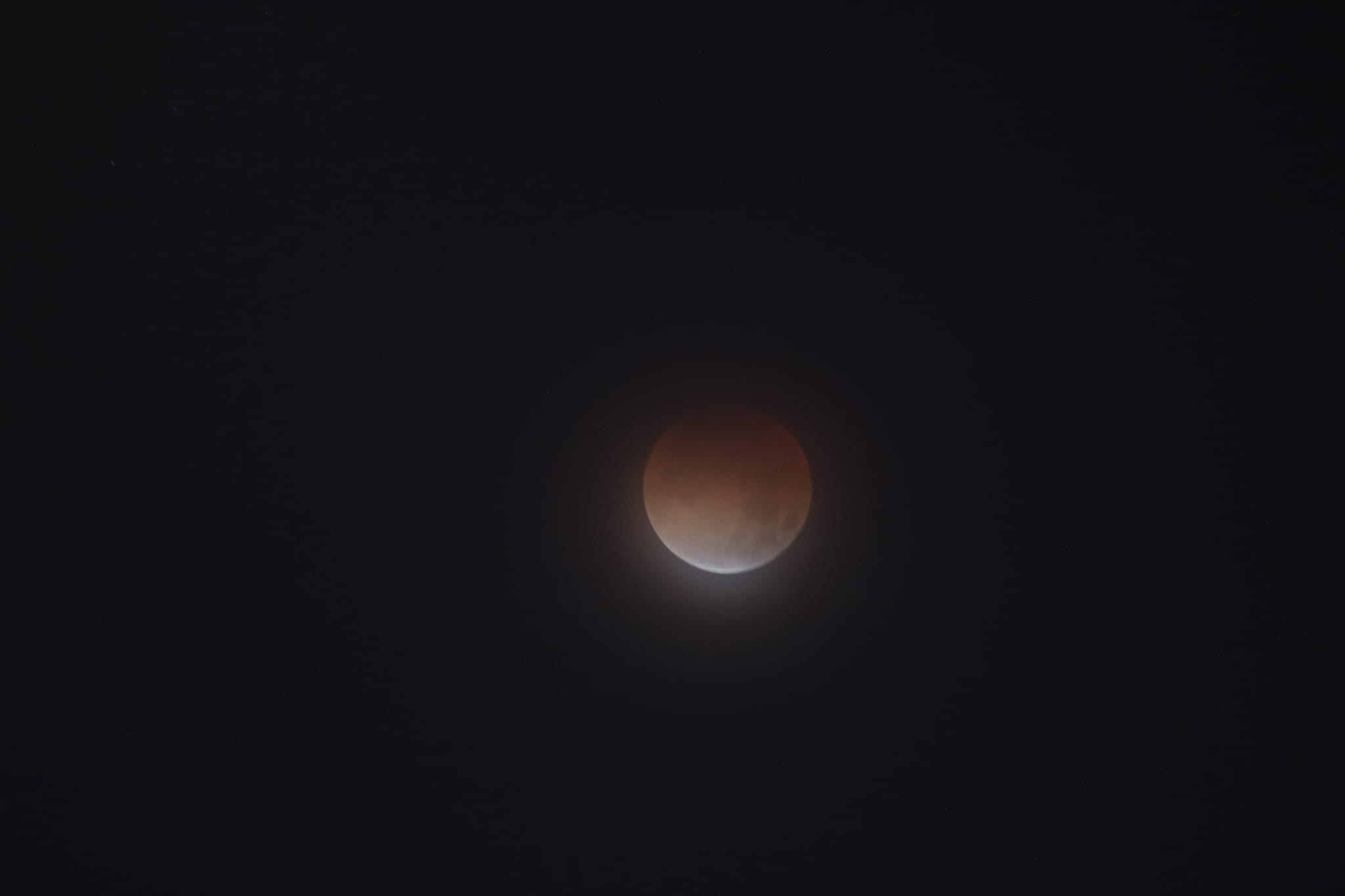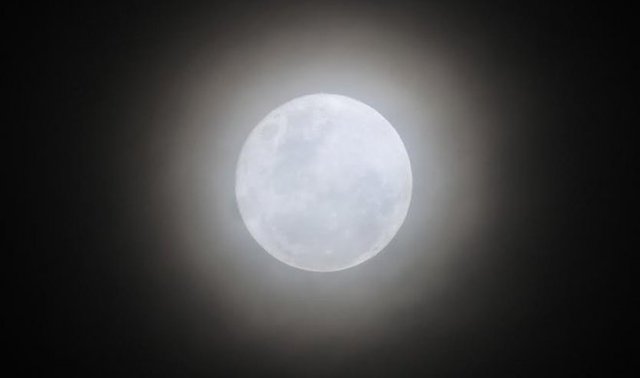Second full moon of January 2018
Second full moon of January 2018

The second supermoon of the year took place in the early morning of this Wednesday, January 31 (night from Tuesday to Wednesday) and allowed to see the satellite in such special conditions that they did not coincide for more than 150 years. When mediating an eclipse, only in some areas could it be admired. It was the third of a series of 'superlunas', when the Moon is closest to Earth in its orbit, known as perigee, and about 14% brighter than usual. It was also the second full moon of the month, commonly known as 'blue moon'.
In addition, the blue super moon passed through the shadow of the Earth to give viewers in the right place a total lunar eclipse. While the Moon is in the shadow of the Earth, it takes on a reddish hue, known as the 'moon of blood'. For observers in North America, Alaska or Hawaii, the eclipse has been visible before dawn on January 31.
For its part, millions of people await the total eclipse of the so-called blue supermoon, the second full moon of the month and in its closest position to Earth, a phenomenon that can be seen mainly from North America, Asia and Oceania. The Middle East, Asia, Eastern Russia, Australia and New Zealand, the "super moon of blue blood" can be seen during the moonrise on the morning of the 31st.
Lunar eclipses occur when the Earth is between the Sun and its satellite, which - unlike solar - is visible from anywhere in the world, once the Moon is above the horizon at the time of the phenomenon. During the whole, the entire moon is within the cone of shadow but does not disappear from sight, but acquires a coppery tone, which is why some media and in social networks baptize it as "blood moon".
This happens because the Moon reflects the red light of the Sun refracted by the Earth's atmosphere, which only filters the blue components. In Western Europe and most of Africa and South America the show has been partial, as they will be areas not affected by the eclipse. In Spain, this supermoon could be seen "without any problem" on the night of 30 to 31, according to the scientific disseminator Antonio Pérez Verde, although the eclipse could not be seen, coinciding with its maximum at 14.30 in the afternoon. According to data from the US space agency (NASA), in 2018 there will be two total eclipses of Luna, January 31 and July 27.

See more at: https://www.20minutos.es/noticia/3243964/0/super-luna-azul-sangre-enero-2018/#xtor=AD-15&xts=467263
Que hermosa!!
This post has received a 0.40 % upvote from @booster thanks to: @paolaf2.